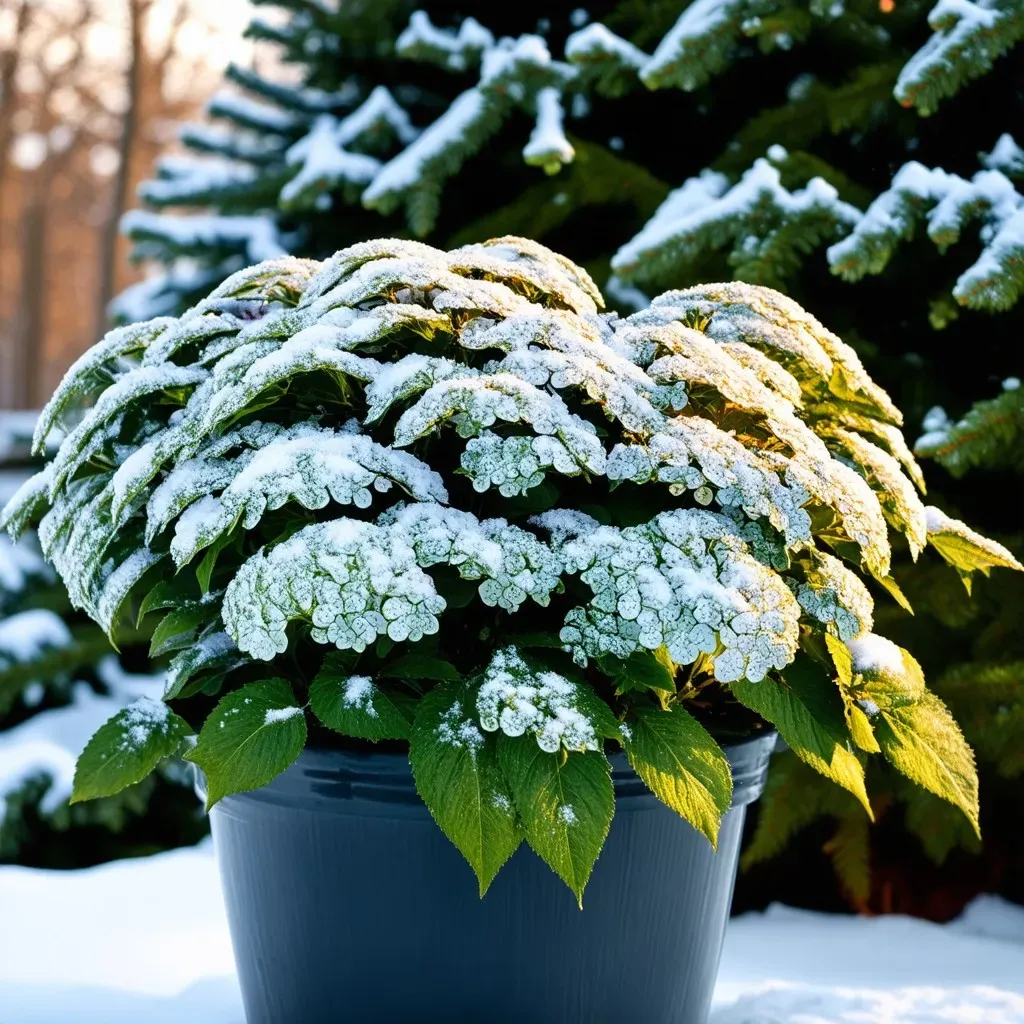When can I put my potted hydrangea outside? The ideal time to transition your potted hydrangeas outdoors is typically at the end of May when the danger of frost has passed and temperatures are consistently warm.
Understanding Hydrangea Types and Their Needs
To successfully acclimate your hydrangea to outdoor conditions, you first need to identify which variety you have. Here are the most common types:
| Hydrangea Type | Common Varieties | Sunlight Needs | Hardiness Zone |
|---|---|---|---|
| Bigleaf | ‘Nikko Blue’, ‘Endless Summer’ | Partial to Full Sun (4-6 hours) | Zones 5-9 |
| Panicle | ‘Limelight’, ‘Pinky Winky’ | Full Sun (6+ hours) | Zones 3-8 |
| Smooth | ‘Annabelle’ | Partial Shade (4-6 hours) | Zones 3-8 |
| Oakleaf | ‘Snow Queen’, ‘Alice’ | Partial to Full Sun | Zones 5-9 |
| Climbing | ‘Summer Rose’, ‘Pink Flamingo’ | Full Sun | Zones 5-9 |
Key Factors to Consider
- Weather Conditions: Ensure that the frost-free date in your region has passed. Most areas can expect this by late May, but always verify local forecasts.
- Temperature: Hydrangeas thrive best when the nighttime temperatures consistently stay above 50°F (10°C).
- Sun Exposure: Initially, place your hydrangea in a part-shade location. After a week, it can be moved to a sunnier spot if your variety requires it.

Transitioning Your Hydrangea Outdoors
Hardening Off Process
Before transferring your hydrangea outside permanently, it is essential to harden it off. Here’s a simple guide:
- Initial Placement: Place your hydrangea outside during the day in a shaded area.
- Duration: Start with 2-3 hours of exposure on the first day, gradually increasing by an hour each day.
- Overnight Care: Bring your plant inside at night during the first week to protect it from cooler temperatures.
- Final Placement: After around 7 to 10 days, your plant should be ready for full outdoor conditions.
Container Considerations
- Size: Ensure that your hydrangea pot has good drainage and is not too small, as cramped roots can stifle growth. Consider upgrading the pot size if necessary.
- Soil Quality: Use high-quality potting soil enriched with organic matter for improved drainage and nutrient availability.
Special Care for Potted Hydrangeas Over Winter
If you are considering winter care for your potted hydrangeas, you’ll need to plan ahead to ensure they survive the cold months.
Winterizing Tips
- Location: Move your potted hydrangeas to a protected area, preferably a cool, dark space away from frost.
- Watering: Ensure the plants are watered adequately before the first frost but avoid overwatering. The soil should be kept moist but not soggy.
- Insulate: Wrap pots in burlap or use insulating materials to shield roots from extreme cold.
- Mulching: Add a layer of mulch on the top of the soil to help retain moisture and regulate temperature.

FAQs
Q1: Can I bring my potted hydrangea inside for the winter?
Yes, if your region experiences harsh winters, bringing your potted hydrangea inside can protect it from frost. Just ensure it has sufficient light.
Q2: How do I know if my potted hydrangea is healthy enough to go outside?
Healthy plants show vibrant leaves without wilting or discoloration. Check for pests and ensure the roots are not pot-bound.
Q3: Can hydrangeas survive winter in pots?
While hydrangeas can survive in pots during winter, they require proper care and insulation to prevent root damage from freezing temperatures.
Q4: Can I plant my potted hydrangea outside?
Yes, once acclimated to the outdoor conditions, you can plant your potted hydrangea in your garden. Ensure the soil is well-drained and suitable for the variety.
Q5: How often should I water my hydrangea during the summer?
Water your hydrangeas once a week during the growing season, ensuring the soil remains moist but not waterlogged.
Conclusion
Caring for your potted hydrangea involves understanding its needs for light, temperature, and proper transition outdoors. Preparing your plant for outdoor life through gradual exposure will ensure that it flourishes in your garden, providing beautiful blooms for years to come.

For more detailed information about hydrangeas and their care, you can visit Proven Winners.
By following these guidelines, you can enjoy the spectacular beauty of hydrangeas in your garden and ensure their healthy development through transitions from indoor to outdoor living.


